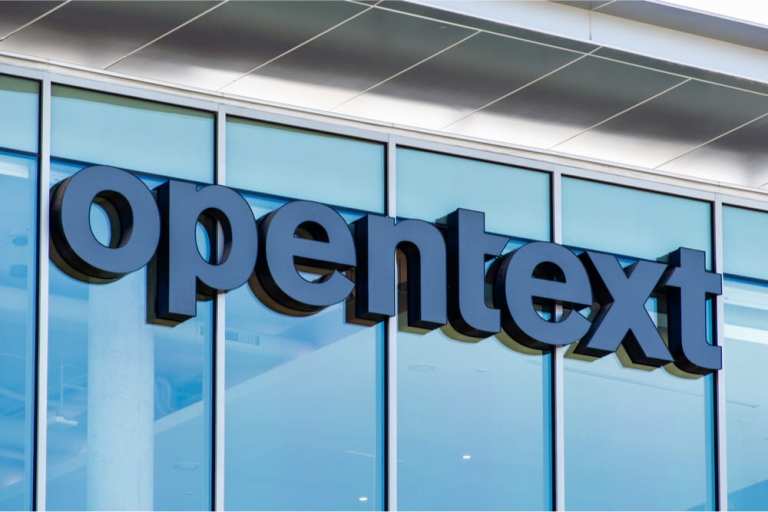
With a launch that links enterprise resource planning (ERP) with accounts payable, among other systems, OpenText debuted its new OpenText™ Trading Grid™. The rollout brings together multi-enterprise cloud integration capabilities with data visualization and microservices architecture, according to an announcement.
The company said Trading Grid is currently the sole cloud platform for B2B and A2A integration provided as a management service. One connection to the platform offers a network effect that can cut time to market, improve customer experiences, bolster operating efficiency and assist with following regulatory mandates per the firm.
The offering comes as firms encounter a new reality of worldwide markets that are not stable and fluctuating supplier relationships.
“COVID-19 changes everything, and industries are experiencing massive disruption in their approach to materials, manufacturing and supply chain strategy,” said OpenText CEO and CTO Mark J. Barrenechea. “Our new OpenText Business Network 20.2 responds to these radical shifts. Our new unified platform solves for this complexity by vertically integrating all aspects of the modern supply chain, including EDI, ERP and new Cloud services and APIs.”
Trading Grid, for its part, links clients to a global network of more than 1.2 million trading partners throughout multiple industries and kinds of businesses. One connection to the system offers immediate access to what the company describes as the globe’s biggest commerce platform.
Trading Grid also provides better productivity and user control with new functions such as self-service onboarding, a self-serving mapping portal and a Community Projects portal.
In separate news, a partnership was forged between OpenText and Mastercard to bridge the disconnect between firms and global suppliers per news last summer. At the time, it was noted that the integrated OpenText and Mastercard solution would bolster speed, security and compliance for business data, financing and payments in the automotive supply chain.
The companies said that the tie-up would advance a scalable, as well as connected, digital ecosystem.